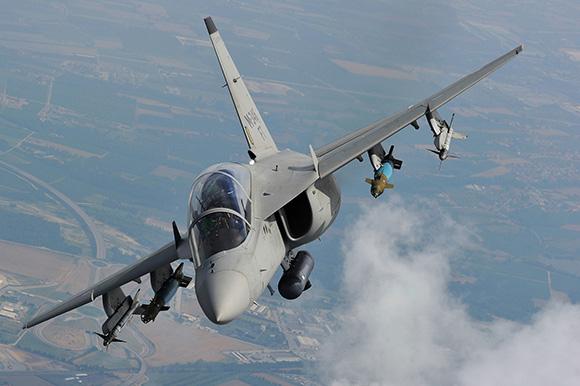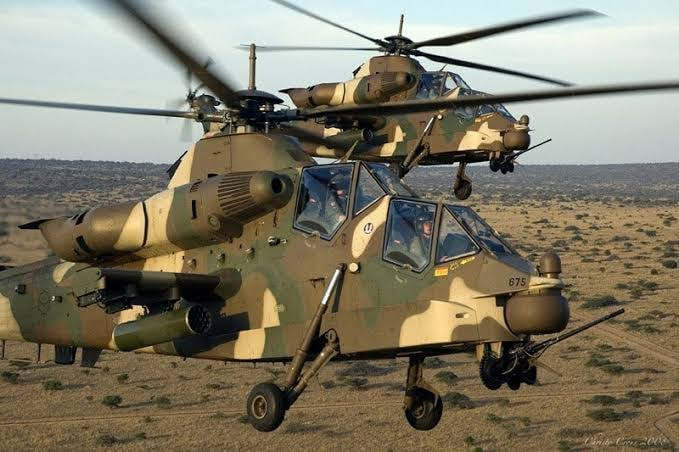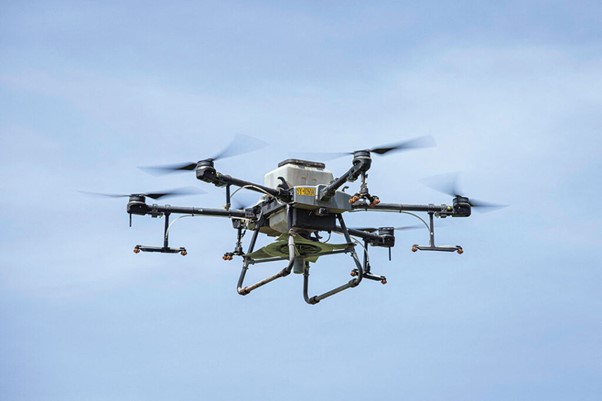Piloting Through Conflict: Risk Management in African Air Operations

In Africa’s volatile security theatre, air operations are often the difference between mission success and catastrophic loss. From counterinsurgency missions over the Sahel to humanitarian airlifts into conflict-affected South Sudan, the risks to African military and civilian pilots extend far beyond technical malfunctions. They are compounded by political instability, weak air traffic management in contested zones, evolving threats from non-state actors, and the complexities of operating in geographically vast and underdeveloped regions.
Risk management in African air operations is not merely about avoiding accidents — it is about survival in environments where the skies themselves are contested spaces.
The Multi-Dimensional Risk Landscape
African air missions face three interlocking categories of risk: environmental, operational, and strategic.
- Environmental Risks
- Extreme weather patterns — from the Harmattan dust storms in West Africa to cyclones in the Mozambique Channel — can ground fleets, damage aircraft, and endanger pilots.
- Limited navigational aids in remote regions force reliance on visual flight rules (VFR), increasing vulnerability in hostile or unstable airspace.
- Operational Risks
- Inadequate maintenance regimes due to funding constraints or over-reliance on ageing Soviet-era aircraft still in service in several air forces.
- Vulnerability to ground-based threats, including MANPADS (Man-Portable Air-Defence Systems) in the hands of insurgents, as seen in Mali and Libya.
- Strategic Risks
- Poor intelligence sharing between African states can leave aircrews flying blind in hostile zones.
- Political interference in mission planning, which can force operational decisions that increase exposure to danger.
Lessons from the Frontlines
Several African conflict zones offer hard-earned lessons in air risk management:
- Mali (2013–Present): French and Malian air forces faced challenges in coordinating aerial surveillance with ground operations due to unreliable communications infrastructure. The adoption of satellite-linked mission briefings reduced risk and improved sortie efficiency.
- Nigeria (Northeast Theatre): Nigerian Air Force operations against Boko Haram highlighted the importance of rapid threat assessment. After a series of attacks on aircraft by insurgents, Nigeria invested in counter-MANPADS systems and improved pilot evasive manoeuvre training.
- South Sudan (Humanitarian Corridors): UNMISS air operations demonstrated that civilian-military coordination, including the establishment of temporary no-fly corridors, reduced mid-air collision risks in congested humanitarian supply zones.
Building a Culture of Risk Awareness
African air forces are increasingly adopting proactive safety cultures, shifting from reactive accident investigations to predictive risk management. This includes:
- Scenario-Based Training: Simulating real-world threats, including GPS jamming, airspace denial, and rapid weather deterioration.
- Joint Command Centres: Integrating air and ground command in one operational hub to reduce miscommunication.
- Pilot Mental Health Support: Recognising that fatigue and psychological stress can impair decision-making as much as technical failure.
The Role of Technology
Emerging technologies are transforming African air risk mitigation:
- Drones for Reconnaissance: Before manned flights enter contested zones, unmanned aerial vehicles can provide up-to-date situational awareness.
- Advanced Weather Radar: Portable radar systems allow forward-deployed units to anticipate and avoid hazardous weather conditions.
- Satellite Tracking and AI Analytics: AI-enabled mission planning tools can model threat probabilities and suggest optimal flight paths in near real-time.
Regional Cooperation as a Force Multiplier
The African Union’s Peace and Security Council (PSC) and regional bodies like SADC and ECOWAS have started to discuss shared air safety frameworks. For example:
- Joint Airspace Management: Developing shared no-fly and safe-fly corridors in conflict zones.
- Threat Intelligence Pools: Regional databases on known air threats — from suspected missile sites to hostile air surveillance patterns.
- Cross-Border Training Exchanges: Joint exercises to harmonise safety protocols, especially in multi-nation operations.
In African conflict theatres, risk management is not a procedural checklist — it is a dynamic, real-time calculation of survival. The continent’s air operations will remain exposed to high-risk variables, but with better intelligence, robust training, advanced technology, and regional cooperation, African pilots can tilt the odds in their favour.
The future of African air power will depend not only on the sophistication of its aircraft but also on the sophistication of its risk management doctrine — because in the skies above Africa, preparedness is the ultimate form of protection.
King Richard Igimoh, Group Editor ALO
King Richard Igimoh, Group Editor African Leadership Organisation is an award-winning journalist, editor, and publisher with over two decades of expertise in political, defence, and international affairs reporting. As Group Editor of the African Leadership Organisation—publishers of African Leadership Magazine, African Defence & Security Magazine, and Africa Projects Magazine—he delivers incisive coverage that amplifies Africa’s voice in global security, policy, and leadership discourse. He provides frontline editorial coverage of high-profile international events, including the ALM Persons of the Year, the African Summit, and the African Business and Leadership Awards (ABLA) in London, as well as the International Forum for African and Caribbean Leadership (IFAL) in New York City during the United Nations General Assembly.
Recent Posts
Categories
- Air & Aerospace15
- Border Security14
- Civil Security3
- Civil Wars4
- Crisis4
- Cyber Security4
- Defense15
- Diplomacy17
- Entrepreneurship1
- Events5
- Global Security Watch6
- Industry6
- Land & Army7
- Leadership & Training3
- Military Aviation2
- Military History27
- Military Speeches1
- Naval & Maritime8
- Resources1
- Security12
- Special Forces1
- Systems And Technology8
- Tech6
- Uncategorized3
- UNSC1
- Veterans6
- Women in Defence9
Related Articles
AFRICAN AIR FORCES RISE TO THE FOREFRONT IN COUNTERTERRORISM OPERATIONS
Across the vast and volatile regions of Africa, air forces once limited...
ByKing Richard Igimoh, Group Editor ALONovember 21, 2025THE SPACE RACE: AFRICA’S EMERGING AEROSPACE PROGRAMMES
Africa’s skies are no longer just a backdrop to other powers’ ambitions...
ByKing Richard Igimoh, Group Editor ALOOctober 6, 2025MILITARY HELICOPTERS IN AFRICAN OPERATIONS
Military helicopters have become important assets in African operations, offering unmatched versatility...
ByKing Richard Igimoh, Group Editor ALOSeptember 23, 2025UNMANNED AERIAL SYSTEMS: GAME CHANGERS IN AFRICAN CONFLICTS
In Africa’s conflict zones where rugged terrain once served as cover for ...
ByKing Richard Igimoh, Group Editor ALOSeptember 15, 2025













